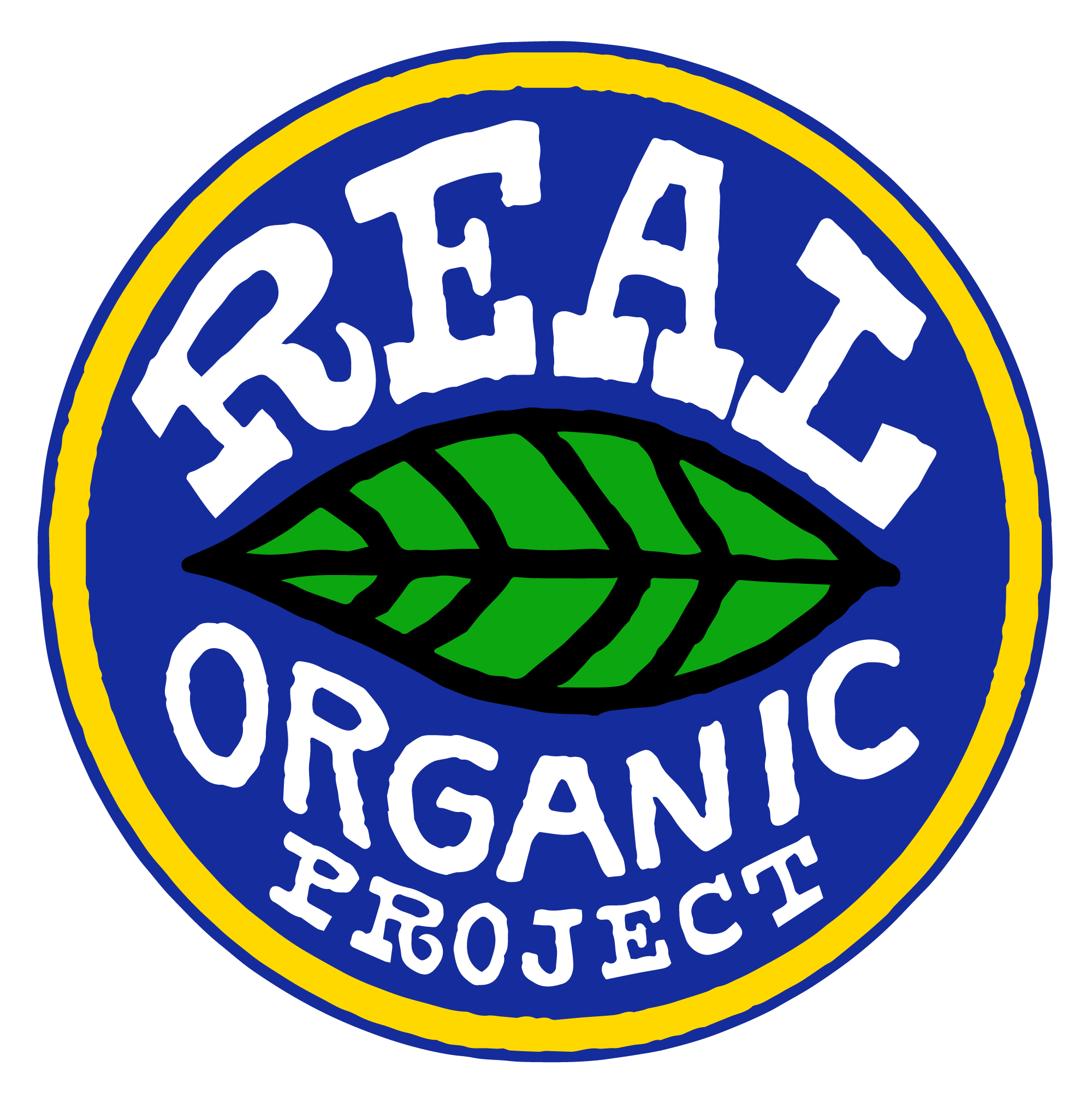“What does Theory Of Constraints say that is so different from common sense? ‘If I can find the leverage point, I can move the earth.”
– -Eli Goldratt
Thinker and author Eliyahu Goldratt
Dear Real Organic friends,
I have long been inspired by the thinking of Eli Goldratt, based on the simple question: Where do we put our attention? We cannot pay perfect attention to everything. Goldratt is the author of “The Goal,” which is a combination romance novel/ industrial design book. But what “The Goal” really teaches is how to think effectively; how to put our attention where it will yield huge benefits. This is accomplished by discovering the critical limitations that are preventing us (as a person, as a family, as a business, as any system) from succeeding.
This is the flip side of the strategy that any magician uses, but for a very different purpose. The magician wants to direct the audience’s attention away from what is really happening so that they will be delighted (and misled).

“You correctly called our system a ‘capitalist democracy.’ But what has happened in the last 50 years is that the ‘capitalist’ side of that sphere has encroached upon the ‘democracy’ side of that sphere. And our democracy has been hacked, long before the Russians hacked our democracy, lobbyists and big contributors hacked our democracy to the point where actually a lot of the proposed laws and regulations are literally now written by the lobbyists themselves.”
– Al Gore
A friend shared an announcement this week from the Swette Center For Sustainable Food Systems at Arizona State University. The Swette Center has released a report on Organic Agriculture addressed to President Biden. It calls for action on 46 recommendations. Then five other people sent me the report on the same day. So in a certain community, this report is being widely discussed.
The Swette Center is known because it is headed by Kathleen Merrigan. Kathleen was a staffer for Senator Leahy back in the ’80s and was the lead author of the 1990 Organic Food Production Act (OFPA). This law provides the legal definition of organic in America. As such, Kathleen is a powerful voice in the organic and governmental community.
OFPA is a good law that is widely respected. We mourn that it is so poorly enforced.
Kathleen was also USDA Deputy Secretary. Second only to Tom Vilsack, the Secretary of Agriculture then (and now), she became the leading advocate in the US government for organic farming, and also a primary target of the haters of organic. She took a lot of abuse trying to bring organic into the government. She also has a long history of collaboration with the Organic Trade Association.
Kathleen and I have different visions of organic and the path forward. I won’t speak for Kathleen, but I would like to address the report that she co-authored. It is very well written. I agree with its 46 recommendations. They are important ideas, addressing weaknesses and opportunities. I support them.

BUT….I wondered if the report was missing the first page. The report ignores the two biggest failures of the National Organic Program. It mentions “hydroponic organic” on page 54: “And there are heated debates over unresolved issues, such as whether hydroponic production can qualify as organic since it is not soil-based.”
But how could this not be included as a recommendation for action? The vast majority of the organic community believes it is a fundamental mistake to certify hydroponic as organic. This includes the Organic Farmers Association and the thousand farmer members of the Real Organic Project. I suspect that the majority of the farmer members of the California Certified Organic Farmers (CCOF) agree with this. And yet, CCOF is now certifying 5,000 acres of “hydroponic/container-grown.” All or most of “container-grown” is hydroponic, meaning all the nutrition is derived from a liquid feed.
The majority of concerned eaters who choose to buy organic agree they want food grown in healthy soil. How do I know? Because the large corporate “farms” that sell “organic hydroponic” all deny that they are using hydroponic techniques. They would know better than me what their customers want.
I would suggest that misleading your customers is fraud.

The other biggest failure is the wrongful certification of CAFO livestock operations that are not adequately pasturing their animals. In the last six years, half of the certified organic dairies in California have gone out of business. Why? Because the market is flooded with cheap milk from confinement mega-dairies that “magically” get certified.
I would suggest that this is also fraud.
So any list of recommendations to protect organic (both the movement AND the brand) MUST start with these two points. Farming with no soil and no pasture should not be called organic.
Otherwise, we are just rearranging the deckchairs on the Titanic. And we have already hit the iceberg.


—-

Join Our 1000 Farmers – JOIN 1000 Real Fans
Dave Chapman
Co-Director / dave@realorganicproject.org



